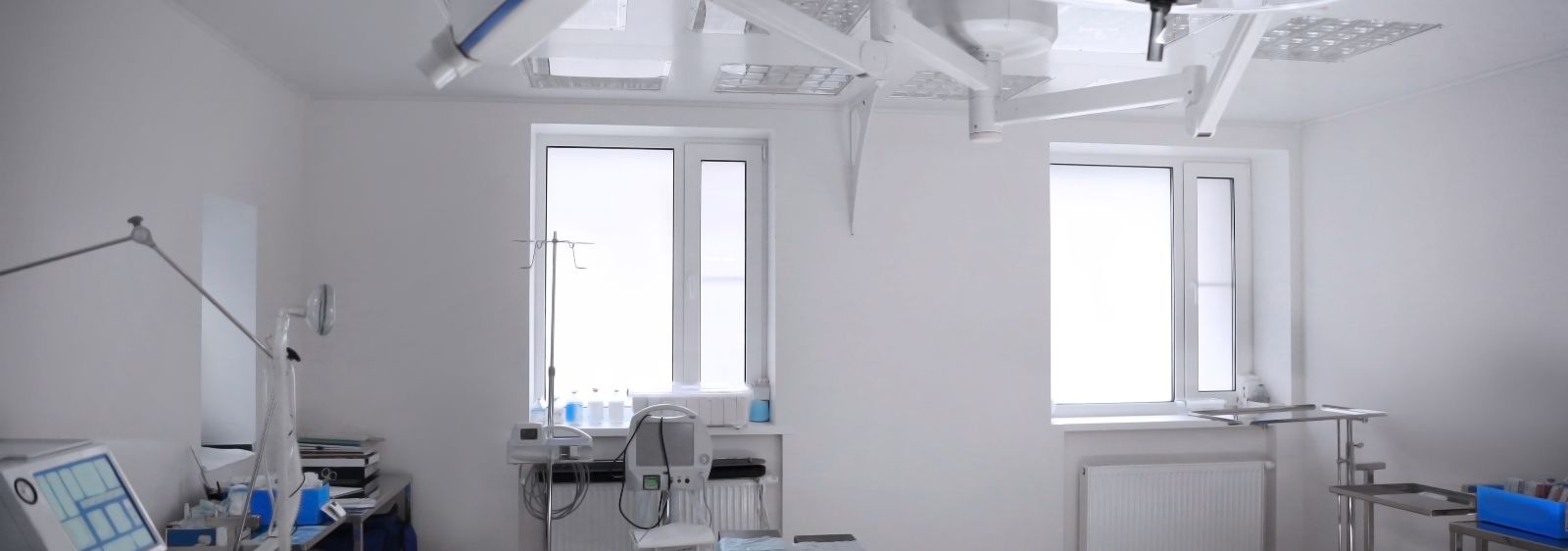
Coronavirus pandemic
Fighting Viruses with Air and Rays
While the coronavirus pandemic has particularly brought the field of vaccine research to the attention of the public, scientists in other areas of research are also working on concepts that might be beneficial to the healthcare sector in future.
The MinInfekt project launched at the beginning of March, for example, aims to thin out aerosols in rooms using fresh air without dramatically increasing the use of energy. Fresh air is typically supplied by air infiltration through building envelopes – most obviously through a window. The extent to which this ensures a supply of fresh air is dependent on user behaviour. A team of researchers from TU Berlin sees the potential to improve this situation. People air rooms based on their own perceptions, not according to measurement data and sensors. However, the latter two aspects are necessary to ensure that the additional energy demand is at an acceptable level.
The maximum available performance of the system and its operation outside of design parameters can become a problem. The research project therefore aims to develop a comprehensive overview of the possibilities and effects of energy-efficient methods to increase ventilation of a room. This overview extends to structural changes to new buildings and their ventilation systems to ensure that they are prepared for future epidemics. The scientists aim to publish the first interim results from the project (which runs until 2023) next year.
Indeed, energy research in the field of buildings and districts generally is producing exciting ventilation concepts for such situations.
The EnEff-OP-Luft project will come to a close next year. Within this research project, scientists are investigating the pathogenic potential for airborne germs as well as their emission and dispersion characteristics in operating theatres. How can patients and staff in operating theatres be protected with the correct level of ventilation? One possibility is through optimized ventilation systems, which can increase protection through appropriate forms of room air flow. In addition, the researchers aim to use targeted measures to considerably reduce the level of energy required for ventilation.
To trial their concept, they set up a multifunctional operating theatre at TU Berlin where they were able to test their simulations, going so far as to employ mannequins that can imitate body heat and breathing. The team of scientists is now working with professional associations that are showing a major interest in the project. It is very possible that the results will find their way into operating theatres as early as next year.
Energy-efficient clean rooms
Initial results from the EnEff_Clean_VentMonitoring project, which also focuses on clean rooms, are expected to be presented at the end of this year. Clean rooms are rooms that are designed to protect people or products from unwanted contamination. They can be found in the pharmaceutical industry and the healthcare sector as well as in the production of semiconductors, for instance.
To meet clean room requirements, the ventilation system restricts the number of airborne particles in a room. This is overseen by a monitoring system that counts the number of particles. These systems can often be found in the air suction unit and are placed at the site of the maximum source strength in the room. During partial load operation, however, it is not possible to adjust the amounts of air in accordance with the source strength in the room, since the position of the particle suction system means that it cannot reproduce a representative concentration of the specified site. As a result, the system is continuously run at full-load operation, which leads to unnecessarily high energy requirements. The project aims to reduce these requirements in future.
The clean rooms were also used for coronavirus research, with volunteers even having sung for test purposes – the researchers were thus able to see how their development fared during a pandemic.
Initial results already put into practice
The results produced in completed projects are now also having tangible benefits, as underlined by the EnOB/EnBop project concerning the use of decentralized ventilators for the ventilation of air in central ventilation systems, particularly in non-residential buildings. With this project, the partners demonstrated how mechanical ventilation systems can be operated in an energy-efficient manner without space requirements or noise levels becoming a problem. The ventilator’s low electricity consumption and frameless design is crucial to this development.
“We’re actually building much bigger systems,” explains Dr. Christoph Kaup, managing director of climate technology company Howatherm, one of the project partners. Howatherm has already implemented the results of the project into existing systems, including three air purifiers. These systems operate with high-efficiency particulate air/arrestance (HEPA) filters (also known as aerosol filters), fine filters, and UVC radiation, which can kill coronaviruses.
“We launched the systems on the market in October,” Kaup says. The catering sector, schools, industry, and the services sector have all shown an interest. “Without the SLIM research project [see below], we wouldn’t have been able to launch on the market so quickly. If you usually build lorries, you're not going to be able to switch to motorbikes at a moment's notice. The possibilities – which we are continuing to develop within the SLIM project – enabled us to produce these air purifiers in good time and at a reasonable price.”
SLIM is a successor project that is ongoing. (Read more on the latest developments of the SLIM project here.) Kaup hopes that these filters might play an important part in future strategies for opening up society again. At any rate, they serve to demonstrate how energy research has made important contributions to fighting the pandemic. (pj)

